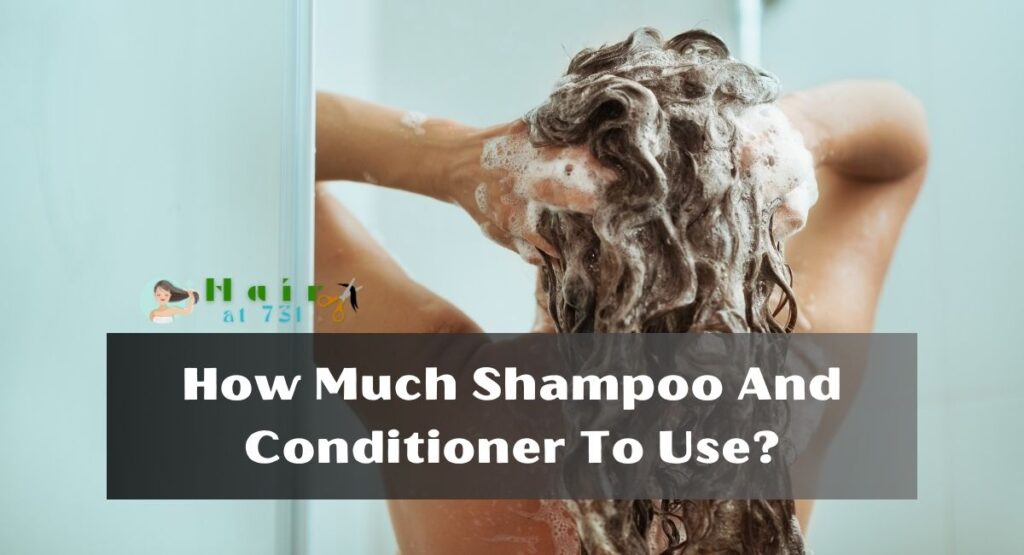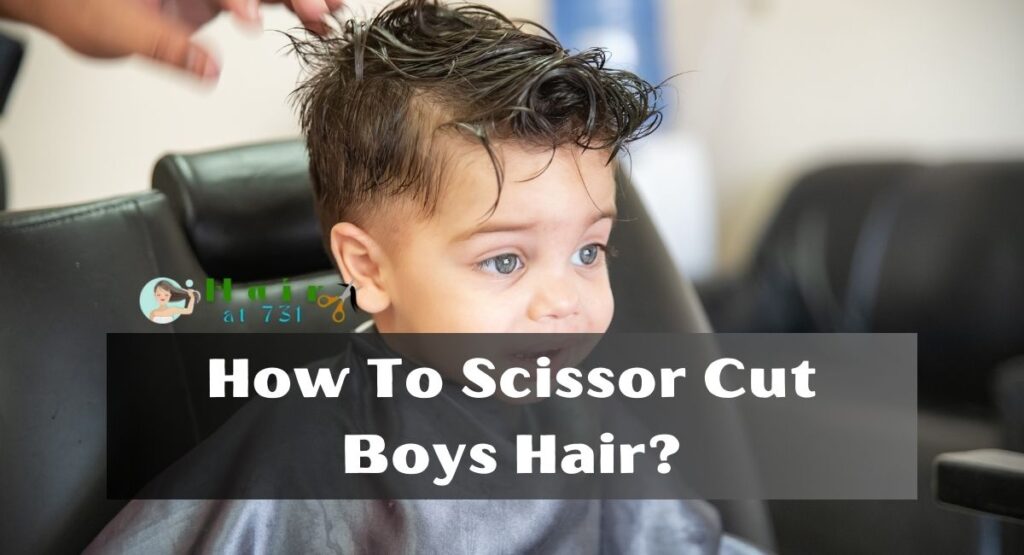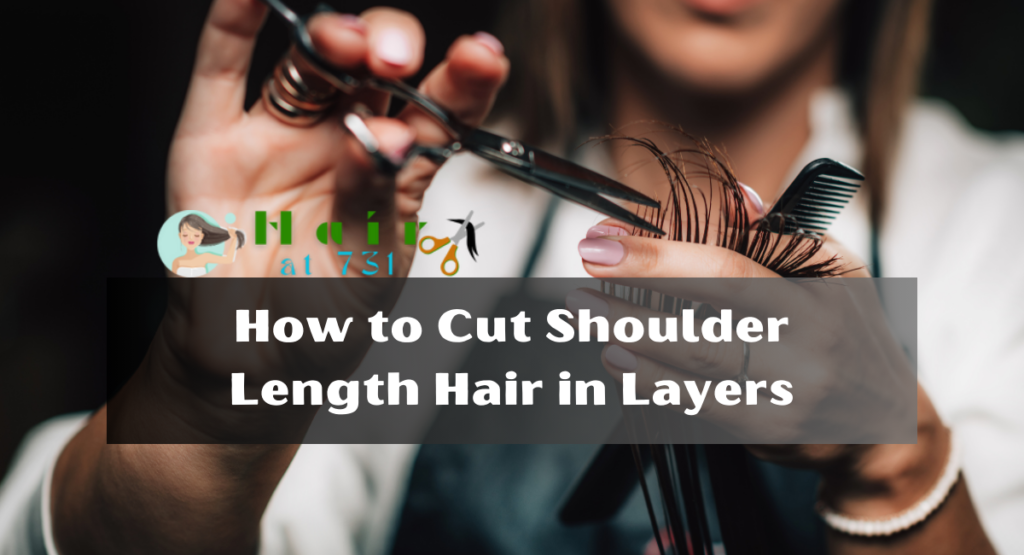Our hair is a reflection of many things: our genetics, our habits, and our environment. It’s easy to forget how much our daily routines impact our hair health. However, with the right knowledge, everyone can achieve their desired lustrous locks. Let’s delve deeper into the eight tips to prevent and repair damaged hair.
1. Limit Heat Styling
Everyday exposure to high temperatures, often from styling tools, is a leading cause of hair damage. The excessive heat weakens the hair’s internal structure, making it more susceptible to breakage and loss of moisture.
What to do:
- Prioritize natural drying. Whenever you can, allow your hair to air dry. This not only reduces heat exposure but also preserves the natural shape of your hair.
- If heat is essential, always remember to use a quality heat protectant. This forms a protective layer on the hair strand, reducing potential damage.
- Experiment with no-heat curling methods, such as braiding damp hair before bedtime, which can create beautiful waves by morning.
2. Watch Out for Chemical Treatments
While useful for achieving desired hair colors and textures, chemicals are aggressive on the hair’s natural composition. The effects can lead to hair becoming brittle, dry, and weak.
What to do:
- Always consult with a trusted hairstylist before undergoing a chemical treatment. They can offer guidance on the best procedures suited for your hair type.
- Seek out gentler, organic alternatives. Many salons now offer organic treatments which are less harmful to hair health.
- Space out your treatments. Giving hair a break between chemical applications allows it to recover and reduces cumulative damage.
3. Use the Right Hair Products
The market is saturated with hair products. However, not all of them might be suited to your specific needs. Some can be overly harsh, stripping hair of its essential oils.
What to do:
- Take the time to understand your hair’s needs. Is it oily, dry, or balanced? Selecting the right products will make a world of difference.
- Regularly rotate your hair products. Just as our skin becomes accustomed to certain skincare products, our hair can also benefit from a product change.
- Introduce hair oils like argan, coconut, or jojoba to your routine. These oils mimic the natural sebum produced by the scalp and can deeply nourish hair strands.
4. Be Gentle When Wet
When hair is wet, it’s at its most vulnerable. The water causes hair strands to swell, making them more elastic and prone to breakage.
What to do:
- Post-shower, gently squeeze out excess water using your hands before wrapping your hair in a towel or soft cotton T-shirt.
- Always comb wet hair with care. Start at the ends and gradually work your way to the roots. This reduces the pulling force and minimizes breakage.
- Invest in microfiber towels or cloths. Their unique structure reduces friction and is gentler on wet hair.
5. Protect Your Hair from the Elements
Nature’s elements, from the harsh UV rays of the sun to the drying effects of winter winds, can take a toll on hair health.
What to do:
- On sunny days, UV hair sprays can protect hair much like sunscreen does for our skin. The added layer ensures that harmful rays don’t strip away moisture or color.
- During winter, cold air can dry out hair. Wearing hats or scarves provides a protective barrier.
- Keep a hair mist in your bag. Regular spritzing can provide moisture and protection throughout the day.
6. Keep a Healthy Diet
Hair is a reflection of our internal health. If we’re nourishing our bodies correctly, our hair will show positive effects.
What to do:
- Incorporate protein-rich foods. Hair is primarily made of keratin, a protein. Foods like eggs, lean meats, and tofu can support hair strength.
- Minerals like zinc, iron, and selenium are vital for hair health. Nuts, seeds, and whole grains are excellent sources.
- Vitamins, especially biotin and vitamin E, play a pivotal role in hair growth and shine. Ensure you’re getting a varied diet or consider a hair-specific supplement.
7. Trim Regularly
Trimming might seem like a setback for those wanting longer hair, but it’s an essential step in maintaining hair health.
What to do:
- Regular trims eliminate split ends, which can work up the hair shaft if left unchecked.
- A fresh trim allows hair to grow more evenly, giving it a healthier and fuller appearance.
- Always use sharp scissors. Blunt scissors can fray the ends, leading to further damage.
8. Give Your Hair a Break
Constantly changing hairstyles or maintaining tight updos can stress hair strands, making them more susceptible to breakage.
What to do:
- Schedule ‘hair rest days’ where you leave your hair down or in a loose style.
- Rotate hairstyles to prevent constant tension on one particular section.
- Overnight, consider braiding your hair. This prevents tangling and can impart waves the next day, reducing the need for heat styling.
Bottom Line
Healthy hair doesn’t happen by accident. It requires consistent care, the right products, and sometimes sacrifice (like resisting that daily heat styling). But when you see the shine, feel the softness, and notice fewer strands breaking off, you’ll realize it’s all worth it. With patience and commitment, glorious, healthy hair is achievable for everyone.
Read more: 10 Wedding Hair Tips and Tricks Every Bride Must Know




